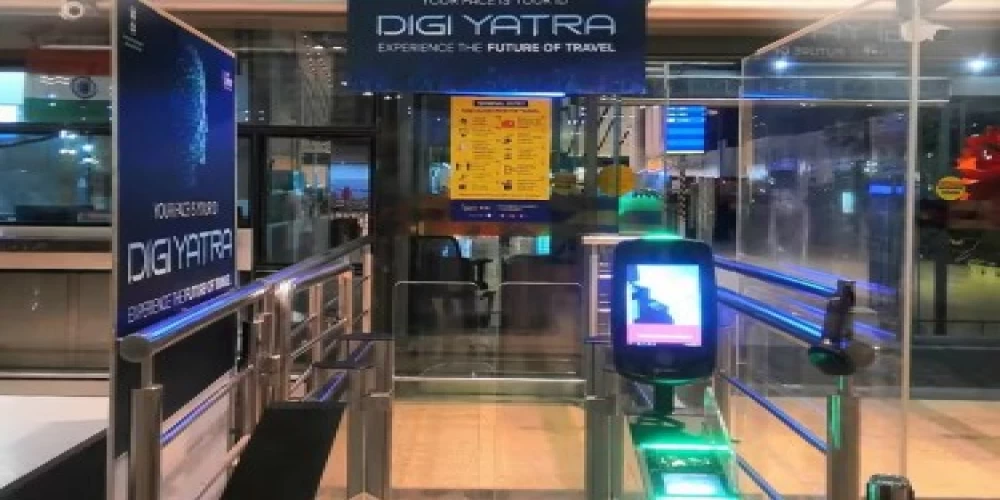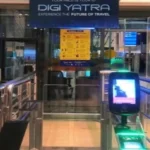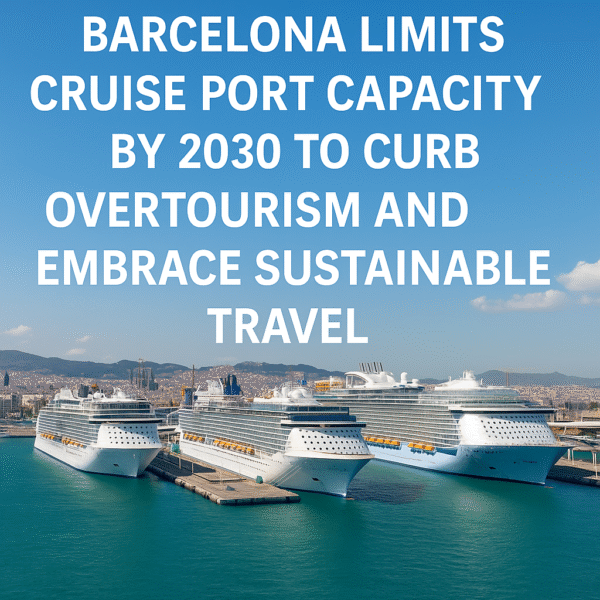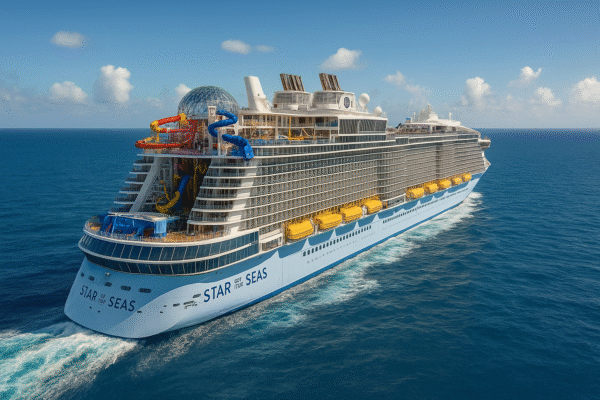Stoke-on-Trent, UK – In a transformative leap for Britain’s railway infrastructure, the UK has officially entered the next era of smart rail travel with the installation of advanced European Train Control System (ETCS) technology on GB Railfreight’s (GBRf) Class 66 locomotive 66784. This milestone marks the launch of the National Freight ETCS Programme (NFP) and is part of the wider East Coast Digital Programme (ECDP) spearheaded by Network Rail, Siemens Mobility, and key industry partners.
The digital upgrade forms a critical step toward revolutionising how both freight and passenger services operate, ultimately enhancing efficiency, reducing delays, and supporting the UK’s green tourism and transport goals.
What Is ETCS and Why It’s a Game-Changer
The ETCS (European Train Control System) is a cutting-edge in-cab digital signalling system that replaces traditional trackside signals with live data communication. It enables train drivers to receive real-time movement authority, improving safety, allowing closer train spacing, and increasing line capacity.
Backed by a £1.4 billion government investment, the ECDP aims to modernise the East Coast Main Line and align the UK’s rail system with the European Rail Traffic Management System (ERTMS) standards. The adoption of ETCS Level 2 will not only benefit freight operators but will significantly ease network congestion, allowing smoother passenger and tourism-focused rail journeys.
First Fitment on Class 66: A Technical Milestone
The retrofit of ETCS equipment on the Class 66 locomotive 66784 at EMD Longport in Stoke-on-Trent is a landmark in upgrading some of the UK’s oldest and most utilised freight engines. Many Class 66s, with over 100 in GBRf’s fleet, are approaching four decades in service. Their upgrade presented major technical challenges, requiring custom system integration and safety certifications.
This first successful fitment is expected to be followed by eight further locomotives, with ongoing engineering validation before receiving full Approval to Place into Service (APIS).
Industry Collaboration Driving Innovation
The initiative has garnered praise across sectors. Network Rail’s Industry Partnership Director lauded the move as “outstanding industry-wide collaboration,” highlighting the “learning by doing” approach crucial for such complex retrofitting. Siemens Mobility, responsible for delivering the Trainguard 200 ETCS in-cab system, called the milestone a key breakthrough in the UK’s rail digitalisation roadmap.
The programme showcases effective collaboration between public infrastructure bodies, private technology firms, and rail operators, establishing a template for national rail innovation.
Benefits for Freight and Passenger Transport
While the initial rollout targets freight locomotives, the implications for the entire UK rail network are extensive:
- Improved rail safety through real-time monitoring
- Greater line capacity by allowing trains to run closer together
- Reduced delays across busy routes like the East Coast Main Line, used by both cargo and long-distance passenger trains
- Lower emissions and fuel use due to smoother train operations
- Enhanced reliability for passenger and tourist services, especially on key leisure routes to destinations such as York, Durham, Edinburgh, and the Scottish Highlands
The digital system will support domestic tourism by making long-distance journeys more predictable and efficient—critical for travellers during high-demand periods like school holidays and summer tourism peaks.
Tourism and Economic Impact
Tourism regions such as Bath, York, Cambridge, and the Lake District will benefit from better train reliability, attracting visitors looking for sustainable travel options. The Rail Delivery Group and VisitBritain have noted that enhanced rail efficiency supports eco-tourism growth and encourages international visitors to explore beyond London.
The ripple effects are also economic. With freight becoming more reliable and shifting off roads onto rail, congestion on highways decreases, making regions more accessible for tourists. This aligns with the UK’s Transport Decarbonisation Plan and the VisitBritain 2025 tourism strategy.
Government and Industry Support
The National Freight ETCS Programme is backed by the Department for Transport (DfT) and supports broader policy goals, including:
- Modal shift from road to rail to meet climate goals
- Improved supply chain resilience for the retail, construction, and export sectors
- Infrastructure development to support population and tourism growth
The Bon VoyCharge and EV charging infrastructure across UK tourism hotspots already echo a similar approach in the road sector, and ETCS now brings a digital shift to the rail side.
Challenges and Future Outlook
Retrofitting ETCS onto aging diesel locomotives isn’t without obstacles. Engineering complexity, safety certifications, and interoperability across mixed fleets are hurdles being tackled in real time. The full rollout to over 600 freight locomotives is expected to extend into 2025–2026.
Meanwhile, passenger trials of ETCS Level 2 continue on services such as the Northern City Line and Elizabeth Line, paving the way for a future of completely digital train control across Britain’s core rail corridors.
Conclusion: A Greener, Smarter UK Rail Future
The UK’s journey to a fully digital railway has taken a major leap forward. As freight trains begin to receive ETCS fitments and the East Coast Main Line becomes a flagship for digital signalling, the benefits for businesses, commuters, and tourists will become increasingly visible.
Reduced travel disruption, more sustainable operations, and a connected transport experience are all on the horizon. Whether you’re a tourist exploring historic cathedrals in Durham, hiking in the Peak District, or travelling for business from London to Edinburgh, Britain’s rail transformation is designed to support the journeys of the future.
This is not just a win for the rail freight industry—it’s a decisive step towards sustainable tourism, economic resilience, and a smarter transport ecosystem across the UK.
For more travel news like this, keep reading Global Travel Wire
Disclaimer: This image is AI generated and may bear no resemblance with actual fact or images


















